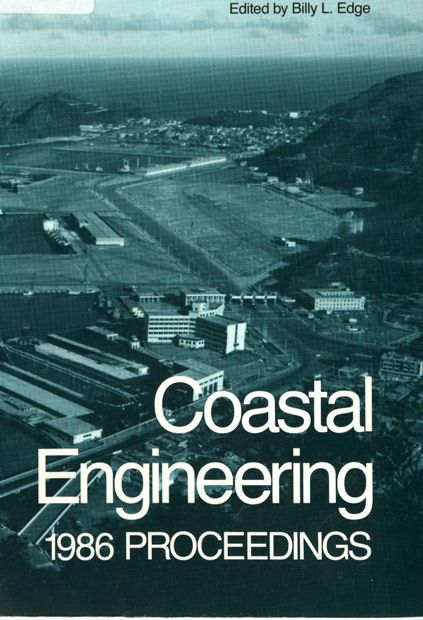Abstract
With the increasing development of coastal areas, it is necessary to have a sound method for predicting hurricane-induced flooding in these areas, especially for studies such as the coastal construction set-back line, flood insurance rate-making and county land use planning. The objective of this study is to develop the capability of describing the friction factor in coastal areas for improved representation in numerical models of storm surges. Five types of areas are considered: A, ocean bottom with bed forms and some vegetation; B, mangrove fringes and areas; C, forested areas and cypress swamps; D, grassy areas and saltwater marshes; and E, developed residential and commercial areas. The friction factors, which incorporate both the bottom friction coefficient and drag coefficient due to the submerged parts of obstructions were verified by conducting laboratory experiments for mangrove and developed areas, using the typical distribution found in each of these coastal areas. The formulas of the friction factor for the ocean bottom, forested areas and grassy areas are determined by adopting results from previous investigations and discussed with the results of the current study.
Authors retain copyright and grant the Proceedings right of first publication with the work simultaneously licensed under a Creative Commons Attribution License that allows others to share the work with an acknowledgement of the work's authorship and initial publication in this Proceedings.

